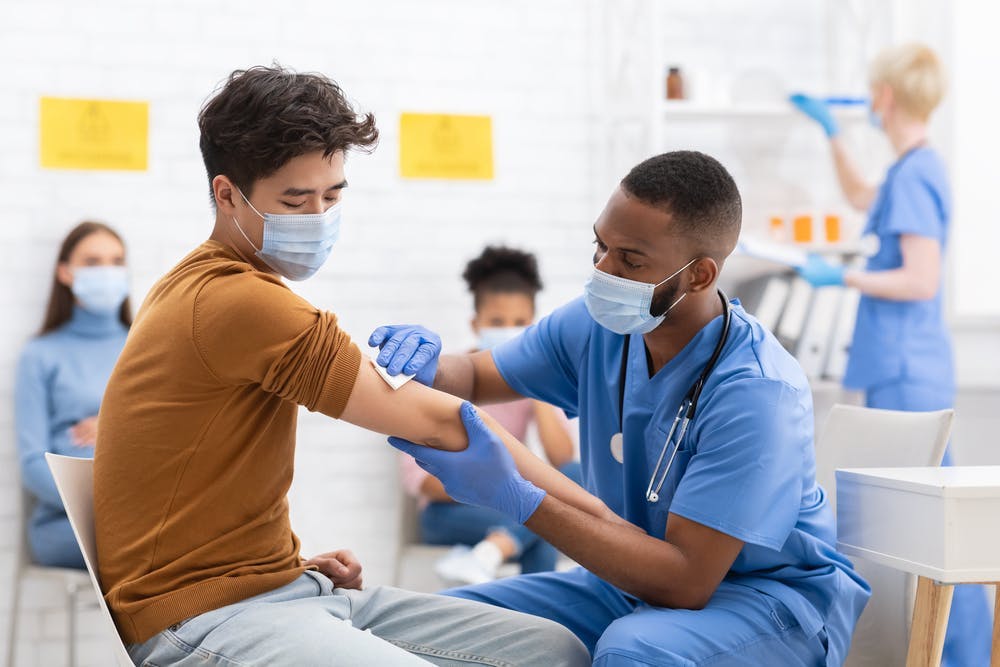5 Fast Facts About Antibiotic Resistance and You
Antibiotic resistance is a major health concern in the U.S. and around the world. Misuse and overuse of antibiotics has led to an increased resistance of bacteria that are becoming increasingly dangerous because commonly available antibiotics no longer work against them.
Here are five fast facts about this increasingly prevalent public health problem and why it matters to you.
1. It’s a global epidemic on the rise
The Centers for Disease Control (CDC) estimates that antibiotic resistance causes more than 23,000 deaths in the U.S. each year, and resistant bacteria cause more than two million infections a year.
Rates of antibiotic resistance have risen since the World Health Organization began tracking global resistance rates and the development of new antibiotics in 2015 and will likely continue to rise until patients and health providers take action.
2. We are creating “superbugs” that will lead to an antibiotic apocalypse
When commonly available antibiotics no longer work against bacteria, the bacteria become increasingly dangerous and difficult (if not impossible) to treat. This is where we get the term "apocalypse" though it is more commonly known as the post-antibiotic era.
These dangerous pathogens are often referred to as “superbugs,” and they’ve been found in forms of tuberculosis, gonorrhea, E. -coli, salmonella, pneumonia, and staph infections and even simple ear infections. Common everyday use of hand soap and sanitizers also leads to antimicrobial resistance which also adds to the problem.
Studies in veterinary medicine and farm animal health have also shown that antibiotics used in livestock are also threatening our world's food supply.
3. Antibiotic resistance causes significant health complications
When patients are infected with antibiotic-resistant bacteria, they experience more dangerous health complications, more severe infectious diseases, longer hospital stays and more expensive treatment regimens.
All of this adds up to more deaths, missed days of income and work, and skyrocketing healthcare costs. In fact, in the U.S., the cost of treating antibiotic-resistant pathogens has doubled since 2002, costing more than $2 billion in healthcare expenses each year.
4. It is a major global health topic that is largely preventable
Antibiotic resistance is caused by multiple factors, including antibiotic overuse in people and livestock, lack of compliance with antibiotic prescriptions, lack of safe sex practices, lack of hygiene and poor infection control practices in healthcare settings. The good news is that now that we know what causes resistance, we can target these risk factors and help bring rates of resistance down.
5. You can help keep yourself and others safe by following a few simple steps
While some risk factors for antibiotic resistance are beyond patients’ control, there are several simple, effective steps that every patient can take to help bring resistance rates down.
By practicing safe sex, receiving the immunizations available to prevent bacterial infections, getting medical help for urinary tract infections, completing antibiotic courses when they’re prescribed and not pressuring healthcare providers for antibiotic prescriptions that aren’t necessary, patients can help protect themselves and their communities from the threat of many problematic superbugs.
Sources:
http://www.who.int/news-room/fact-sheets/detail/antimicrobial-resistance
https://www.healthaffairs.org/doi/10.1377/hlthaff.2017.1153
https://infectioncontrol.tips/2015/11/18/6-factors-that-have-caused-antibiotic-resistance/


